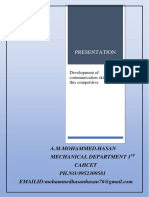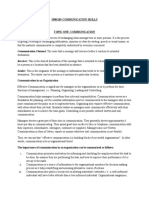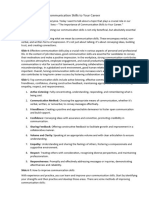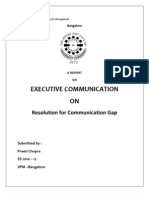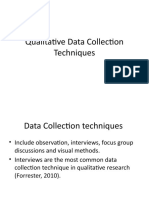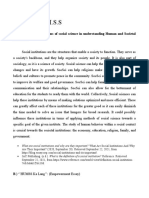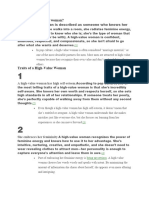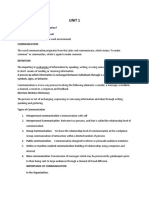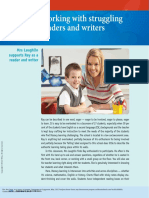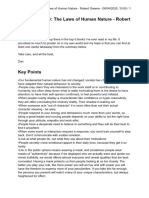0% found this document useful (0 votes)
76 views7 pagesCommunication Skills
The document outlines various types of communication skills, including verbal, non-verbal, visual, listening, written, interpersonal, and digital communication, emphasizing their importance in personal and professional contexts. It discusses strategies for improving these skills and highlights the role of feedback in effective communication. Mastering these skills is essential for building relationships, enhancing teamwork, and achieving career advancement.
Uploaded by
navofen546Copyright
© © All Rights Reserved
We take content rights seriously. If you suspect this is your content, claim it here.
Available Formats
Download as PDF, TXT or read online on Scribd
0% found this document useful (0 votes)
76 views7 pagesCommunication Skills
The document outlines various types of communication skills, including verbal, non-verbal, visual, listening, written, interpersonal, and digital communication, emphasizing their importance in personal and professional contexts. It discusses strategies for improving these skills and highlights the role of feedback in effective communication. Mastering these skills is essential for building relationships, enhancing teamwork, and achieving career advancement.
Uploaded by
navofen546Copyright
© © All Rights Reserved
We take content rights seriously. If you suspect this is your content, claim it here.
Available Formats
Download as PDF, TXT or read online on Scribd
/ 7























